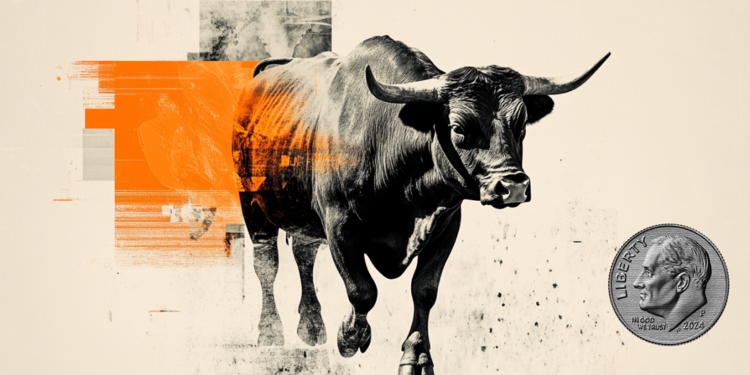Dollar Rate Surges, Rupee Hits One-Month Low
The rupee's decline is expected to continue, with the USD/INR pair potentially reaching new highs, influenced by global trade tensions, oil prices, and inflation. The RBI's actions will be crucial in determining the trajectory of the rupee, as the Indian economy navigates the challenges of a weakening currency and ongoing economic uncertainty.

The Indian rupee has weakened against the US dollar, hitting a one-month low of 87.33, due to concerns over global trade tensions and importers' hedging requirements, with the dollar index hovering slightly above a four-month low.
The rupee's decline is attributed to oscillations in crude oil prices and uncertainties in tariff policy, with US President Donald Trump's tariff policies expected to stay in focus, and India's high tariffs potentially being reevaluated. The Reserve Bank of India (RBI) is expected to continue defending the rupee, but its actions may not be enough to cap the upside for the USD/INR pair.
The USD/INR pair is expected to be influenced by the US Nonfarm Payrolls (NFP) and the Unemployment Rate, with the price holding above the key 100-day Exponential Moving Average (EMA) on the daily timeframe. The upward momentum is supported by the 14-day Relative Strength Index (RSI), showing signs of bullish demand. The immediate resistance level for USD/INR emerges at 87.53, with a decisive break above this level potentially drawing in buying pressure to an all-time high near 88.00.
The Indian economy's growth rate, averaging 6.13% between 2006 and 2023, has attracted significant foreign investment, increasing demand for the rupee. However, the price of oil and inflation also impact the rupee, with a rise in oil prices increasing demand for USD and depreciating the rupee. As the rupee continues to weaken, it remains to be seen how the RBI's interventions will affect the dollar rate and the Indian economy.